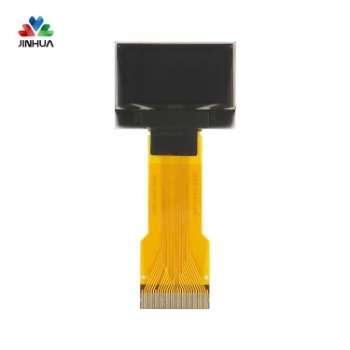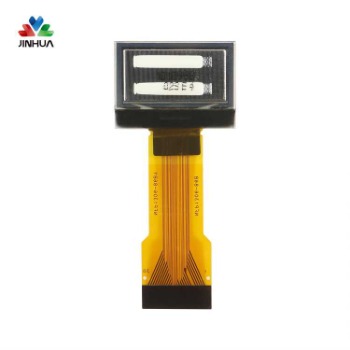The screen is an important part of the mobile phone. It is like a human face, presenting visual images to the user through the fineness and resolution of colors. Currently, the mainstream materials used for screens in mobile phones are traditional LCD screens with mature technology, and OLED screens that use the latest technology and are popular in the mobile phone industry. So what is the difference between these two screens?
Principle
The light-emitting principle of LCD mainly relies on the backlight layer. This part is usually composed of many LED backlights. It has only one function, which is to display white light, but white light cannot form an image, so a colored layer is added to this white backlight layer. After the white backlight penetrates the colored film, the color can be displayed, but the ratio of red, green and blue needs to be adjusted. The light cannot directly penetrate the red, green and blue, but changes its color through the liquid crystal layer. The voltage between the two poles controls the arrangement of the liquid crystal molecules, so that more light is emitted when the opening and closing is large, and less light is emitted when the opening and closing is small. This controls the amount of white light, so that the red, green, and blue can be adjusted. Matched.
OLED does not need a backlight layer like an LCD screen, nor does it need a liquid crystal layer to control the amount of light. OLED can emit light by itself, so OLED is like a screen with countless small colorful light bulbs.
Thickness
The LCD screen is composed of a backlight layer and a liquid crystal, which makes it much thicker than OLED. OLED screens can be less than 1 mm thick and lighter. In this aspect, OLED will be lighter than LCD, and the phone will feel more textured.
Bendability
Due to the existence of the liquid crystal layer and the backlight layer, it is impossible for the LCD screen to bend significantly. The OLED screen itself is a solid structure without liquid substances, so it can be manufactured on substrates of different materials and can be made into a flexible display that can be bent. OLED can be folded almost like origami, and Samsung's curved screen is supported by OLED technology. It should be noted that what is mentioned here is a large bend. Those curved screens on desktops are still LCDs. You can find that the degree of bending is not large. OLED can be folded in half like paper. Compared with LCD screens, OLED screens have a wider range of applications.
Contrast
Contrast refers to the ratio of white to black. The higher the contrast, the darker the color of the picture. LCD has a backlight layer and black is not pure black, so it is difficult to increase the contrast. OLED does not emit black light, so some pixels in the black area can be directly turned off, so it is basically infinitely close to black.
Power consumption
Because OLED pixels work independently, they light up when they should be bright, dark when they should be dark, and turn off when they should be dark. No matter what color the LCD displays, the backlight is fully turned on, so the LCD is destined to consume power.
Screen brightness
Since the LCD screen adopts the principle of reflection, the brightness of the screen can be easily increased by increasing the brightness of the white light of the backlight panel. However, because OLED screens emit their own light, OLEDs generally use PWM dimming, which uses the visual residue of the human eye to periodically alternating light and dark to adjust the brightness. Therefore, it is easy to be interfered by external light.






 English
English Deutsch
Deutsch русский
русский español
español العربية
العربية



 IPv6 network supported
IPv6 network supported
